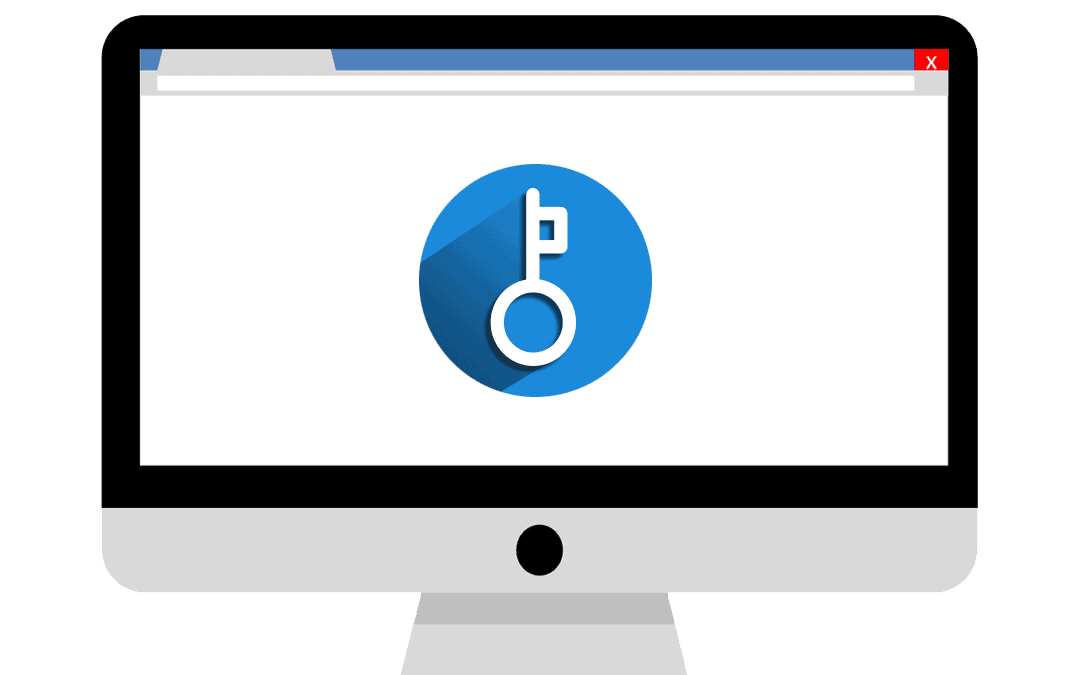Article Contents
An agency accounting roadmap to becoming a financially savvy agency owner and scaling to 7 figures
Here at Bean Ninjas, we’ve helped dozens upon dozens of agency owners with their accounting and bookkeeping needs.
We find that agency owners fall into four distinct life cycles as they scale to 7 figures and beyond. Each stage comes with its own financial decisions and accounting challenges.
Using four agency owner personas, we’ll share key takeaways and actionable examples you can use, regardless of where you fall in your entrepreneurial journey.
- Hustling Harry – Going from solopreneur to managing a team of freelancers
- Stressed out Suzie – Transitioning from freelancers to employees
- CEO Carl – Building the Agency Leadership Team
- Millionaire Mary – I’ve made it (kinda)!
Hustling Harry
Going from solopreneur to managing a team of freelancers
Harry is one of the hardest working entrepreneurs you’ll ever meet. He is dealing with all of the growing pains of going from a solopreneur to managing a small team of freelancers.
The thought of taking a few days off to go on vacation gives him flashbacks to the week he had the flu last year and almost tanked his business.
He is trying to balance hiring and training freelancers and contractors to take on some of the work while having to spend more time on sales to keep the team busy, creating new systems around service delivery, and still handling some client work himself.
Main Accounting Problem
Despite working harder than he has ever worked before, he is unable to pay himself a regular salary. He is struggling to manage his personal finances, and there never seems to be enough profit in the business to pay himself what he needs.
In our experience, this is usually caused by one or more of the following three reasons:
Lack of consistent projects –
This is a sales problem, and can be addressed by creating offers that build recurring revenue (MRR) into deals.
Poor processes around following up on payments –
This is where having a solid Debtor Management standard operating procedures (SOPs) in place with messaging templates for who follows up and at which intervals can be effective. This ensures no invoices fall through the crack and you receive payments in a timely fashion.
Lack of priority around paying himself
The only way to pay yourself is to prioritize it. This is where implementing a system like Profit First can come in handy.
The Profit First Framework is:
Sales – Profit = Expenses
The Profit First Mission is to empower entrepreneurs with a simple cash flow blueprint that prioritizes profit and brings clarity and control over their business finances. It is a system for helping build your business in a sustainable way that sets you up for long term success.
Key Metrics
We recommend tracking the following financial metrics in this phase.
- Revenue – this is the metric that even the most stubborn, non financially savvy business owner is likely tracking. It is top-line revenue or sales.
- Bank Balance – this is the number that is in your bank account at any given time
- Profit – This is sales minus all of your expenses, which includes your own salary, staff costs, and any operating expenses.
- Debtors – this is a term for any outstanding or unpaid invoices.
- MRR – This is monthly recurring revenue.
Stressed out Suzie
Transitioning from freelancers to employees
Suzie is navigating a major mindset shift as she starts to hire her first few full-time employees. All of her full-time employees as well as freelancers report directly to her.
While she no longer has to do a lot of the client work herself, she is finding herself sitting in on 6-7 hours of meetings each day. She is lacking any management structure, and all decisions are routed to her.
She is starting to burn out as she hasn’t taken a real vacation in a few years.
Main Accounting Problem
On paper everything looks great, sales and revenue are growing steadily month over month. However, her bank balance isn’t growing at the same rate. She is worried about how she is going to pay her growing team due to ongoing cash flow issues.
The underlying issue here lies around jobs seeming less profitable and cash flow planning.
When Suzie was still only working with contractors, it was easier to be able to see how profitable each project was (i.e. gross margin), since each freelancer was based on a per-project basis. Now that she is hiring full-time employees, she feels like her profit margins have gone way down.
One way to start to address this is to follow the rule of threes, where ⅓ is for labor costs, ⅓ for profit and ⅓ for operating/overhead expenses.
In addition, we recommend conducting a job profitability analysis.
For example, in our work with agency owners, here are the most common ways to improve cash flow:
- Review and decrease overhead costs
- Focus on top performing marketing channels
- Improve staff productivity
- Follow up with debtors
- A mix of two or more
This will not only help you solve your cash flow problems, but it will also put you in the driver’s seat for future business growth.
Key Metrics
We recommend tracking the following financial metrics in this phase.
- Cost of Sales – Direct labour required to produce the service
- Gross Profit – Revenue minus cost of sales
- Gross Margin Percentage – Gross profit divided by revenue
- Gross Margin by Job – Revenue minus cost of sales for each job or project
- Labour Efficiency – This is the gross profit per labour dollar spent
CEO Carl
Building the Agency Leadership Team
Carl pays himself a regular salary, works around 40 hours a week, takes maybe two non-consecutive weeks of vacation each year. He has a team of managers, who take care of the majority of the day-to-day tasks. So, instead of having 10+ people reporting directly to him, he only meets with the 3 folks on his Leadership Team.
However, he has his own struggles as he is still learning how to build, hire, and manage the agency’s leadership team.
He hates to think about all of the money he wasted on the first leadership team executive – a 40-year agency management veteran who worked for one of the top NYC ad agencies – who just didn’t work out. The guy was used to working in large corporations and wasn’t able to roll up his sleeves and relate to the day to day. In hindsight, the fact that the guy asked for a $45,000 signing bonus should have been a red flag.
Now, he pivoted and has 3 managers who handle the day-to-day. They are talented and coachable, but they are all newish first or second-time managers.
He is having to step in multiple times a week to help with creating more efficient systems around hiring, managing, and service delivery.
Main Accounting Problem
Carl knows he is building something special but his agency isn’t a well oiled machine yet. He has yet to make the transition from founder to CEO. He knows he needs to either promote one of his managers to Managing Director or hire a director from the outside to do that.
However, he is having second thoughts about hiring this role since his last failed hire.
Before he can make that big investment, he needs to get clearer on how valuable his agency is before he can step out of the day to day and feel confident that he can afford this new hire.
At this point, it is all about getting your financial and operational house in order. However, the more the agency runs like a well-oiled machine without the owner working in the business, the more attractive it will be for future buyers.
This means starting to get your financial house in order, including:
- Documented financial SOPs
- Clear deliverables and bookkeeping timelines
- Creating your first financial performance dashboard
Millionaire Mary
I’ve made it (kinda)!
This brings us to Mary. Her agency is doing over one million in annual revenue. She has a full team in place – including a dynamite leadership team, sales, and marketing systems humming along, and exceptional account management and service delivery. She finds herself working “in” the business less than 4 hours a week. That’s mainly sitting in on meetings with her Leadership Team.
In fact, she went on maternity leave for three months last year, and the business actually grew by 25%.
Her agency is clearly becoming a well-oiled machine with:
- Documented goals, plans, and processes in place
- Detailed Systems and automation
- Dynamic team culture
Main Accounting Problem
Mary is ready to sell the agency but wants to make sure she gets the best valuation possible. Agencies tend to priced 3x-7x EBITA.
EBITDA = Operating Profit (EBIT) + depreciation + amortization
Focuses on operating profit of business
In order to sell the agency, she is going to need three years’ worth of detailed financials. She is grateful that she spent the time early on setting up Hubdoc so that all of her receipts are attached to Xero, and she doesn’t have to try to remember what she bought three years ago.
Once you have your records in order, you want to demonstrate that business will continue to grow even without the agency owner. Here are 7 value drivers that can increase the sale price.
The fact that Mary already has an example of how the business grew while she was on maternity leave helps. However, she’ll also want to start streamlining her operations, improving efficiency, and doing anything she can to make the agency look more valuable and profitable. This will result in a higher business valuation.
***
Growing an agency to 7-figures is no easy feat. Setting up these processes can make it a little bit easier.
Want to learn more about the top 8 metrics to focus on for growth, how to pay yourself properly, and common mistakes agency owners make with managing finances? Watch our free 50-min video training – Financial Reporting for Agency Owners.





